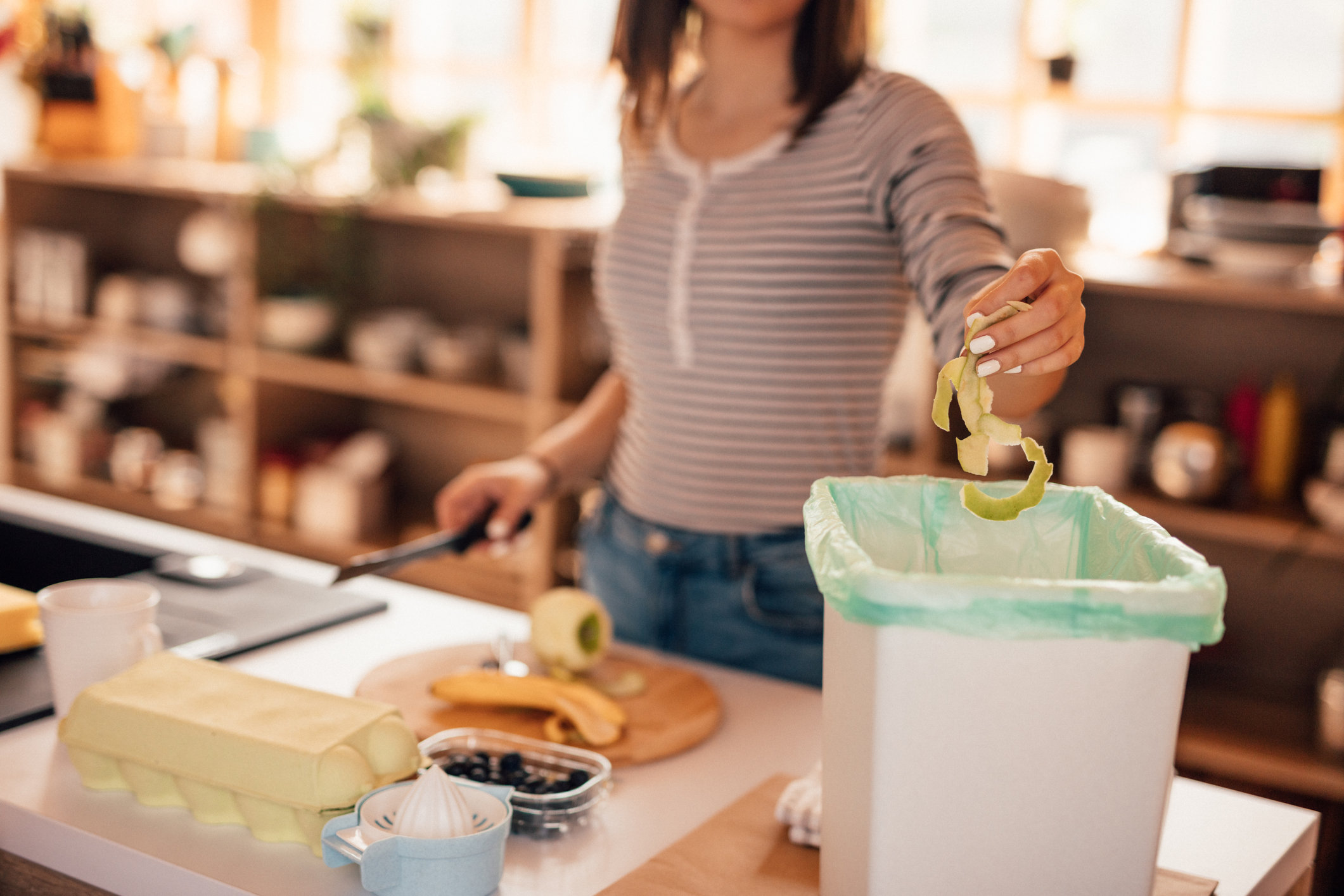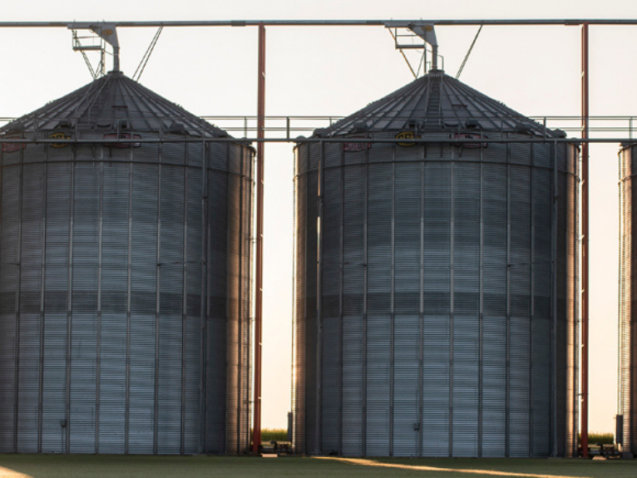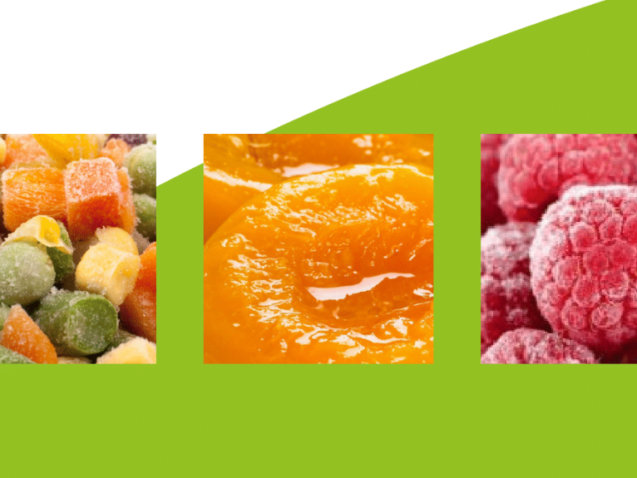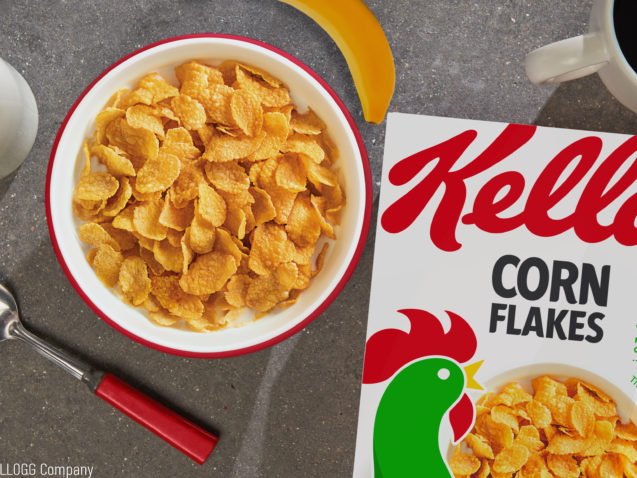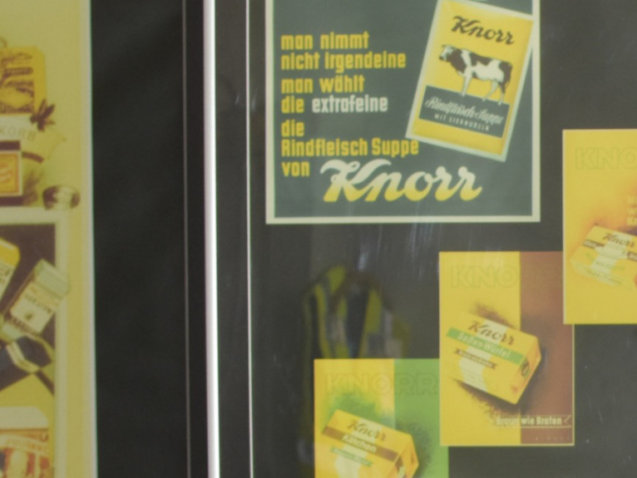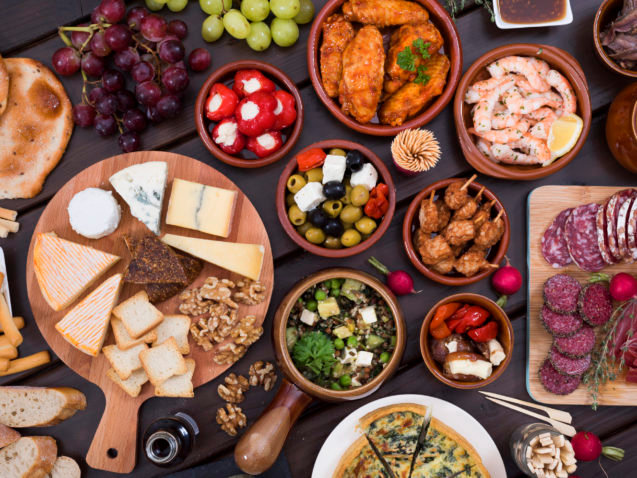In Europe, 88 million tonnes of food produced is lost or wasted, whilst 33 million people can’t afford quality food every other day. The EU food and drink industry is committed to helping those in need and to halving food waste across the supply chain by 2030.
Any food that goes to waste means that every resource that went into producing and distributing it has also been wasted, including water, fuel, emissions, and raw material. Another issue is food affordability. It is fundamental that we take steps to prevent food waste and distribute food to those in need.
A feature of the European Green Deal and the Farm to Fork Strategy is that food waste targets will be set for each Member State in 2023, based on data supplied from 2020 onwards. Overall, the aim is to reduce waste by 30% by 2025 and 50% by 2030. We are convinced that this can be achieved by the joint actions of government, the supply chain, and consumers.
The most desirable measure for reducing food waste is to prevent it in the first place.
The keys to preventing food waste involve raising awareness in the public and across the food chain and disseminating best practice. When it isn’t possible to avoid food surpluses and redirect them to humans, they should be redirected to feed animals, then for industrial use, soil enrichment, or generating renewable energy.
Part of addressing the problem of food waste is to measure it. This has been established through several initiatives including the 2015 Circular Economy Action Plan, the EU Platform on Food Losses and Food Waste, and a common EU methodology to measure food waste. This is all part of the bigger aim of adopting and promoting sustainable practices along the food chain.


